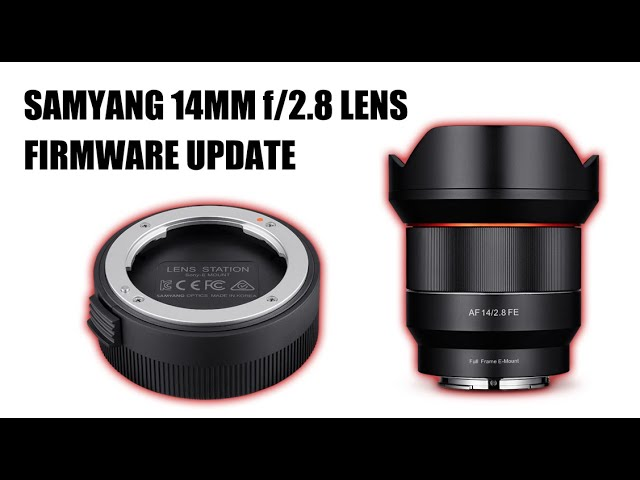How to Shoot Stunning Street Portraits
- Talha
- 2d
- 4 min read

Street portrait photography is one of the most exciting and challenging genres of photography. It blends the spontaneity of street photography with the intimacy of portraiture, creating images that are raw, authentic, and full of character. Whether you are just starting with the Best Camera Lenses for Beginners or already exploring more advanced gear, shooting street portraits requires more than technical knowledge—it demands creativity, confidence, and an understanding of human connection. In this guide, you will learn practical techniques, gear recommendations, and expert insights on how to master stunning street portraits in 2025.
Why Street Portraits Stand Out
Unlike studio portraits, which are controlled and staged, street portraits thrive on unpredictability. Every face tells a unique story, and every street corner offers a new background that adds character to your subject. From the weathered lines on a shopkeeper’s face to the vibrant energy of youth culture, street portraits capture life as it is—real, unfiltered, and timeless.
Choosing the Right Gear for Street Portraits
The choice of camera and lens can dramatically impact the quality of your street portraits. Beginners often start with versatile prime lenses like 35mm or 50mm, which allow for natural framing and a good balance between subject and environment. Wide apertures such as f/1.4 or f/1.8 create beautiful background blur while keeping the subject sharp, making the portrait pop against busy streets. For those exploring gear upgrades, a BF camera paired with a fast lens provides sharper detail, improved low-light performance, and greater flexibility.
If you’re based locally, browsing camera lenses in Pakistan is a practical way to compare options suited to your budget and photography style. For content creators aiming to diversify beyond portraits, exploring Lenses for Content Creators can help in choosing gear that works across photography and video projects.
Techniques for Shooting Street Portraits
1. Building Confidence and Approach
Approaching strangers for portraits is often the hardest part. A polite introduction, a smile, and showing genuine interest can go a long way in earning trust. Many photographers also show their previous work on their phone to reassure potential subjects.
2. Using Natural Light
Street portraits rely heavily on available light. Early mornings and late afternoons provide soft, golden light that enhances skin tones. If you’re shooting midday, use shadows from buildings to diffuse harsh sunlight and prevent overexposure.
3. Composing the Frame
Composition is crucial. Decide whether you want to focus on the person exclusively or include the environment as part of their story. A market vendor surrounded by colorful stalls, for example, creates a portrait that goes beyond the individual and speaks about their lifestyle.
4. Mastering Depth of Field
One of the key advantages of fast prime lenses is the ability to isolate the subject from the background. Shooting at f/2.0 or wider can produce a creamy bokeh effect, making the subject stand out while still hinting at the context of their surroundings.
5. Capturing Authentic Expressions
Instead of asking for stiff poses, engage your subject in casual conversation. This not only helps them relax but also leads to natural expressions that reflect their personality.
Real-Life Example: Portraits in Lahore’s Old City
Consider the bustling streets of Lahore’s Old City, filled with craftsmen, shopkeepers, and artists. One photographer documented artisans at work, capturing their dedication and artistry in candid portraits. By blending environmental elements such as tools and textures, the portraits told deeper stories of heritage and craftsmanship. This real-world example illustrates how location and context can elevate a simple portrait into a meaningful visual narrative.
Pros and Cons of Street Portrait Photography
Pros
Street portraits allow you to tell authentic stories, improve your people skills, and build a diverse portfolio that reflects real life. They require minimal setup and can be done anywhere, making them accessible even for beginners.
Cons
On the downside, approaching strangers may feel intimidating, and lighting conditions can be unpredictable. Additionally, manual focusing and quick reactions are often necessary, which can be challenging without practice.
FAQs About Street Portraits
Q: Do I need professional gear to start street portrait photography?A: No. Even entry-level cameras with the right lens can capture compelling portraits. Over time, upgrading to advanced systems such as those available through Sigma Pakistan can enhance image quality.
Q: How do I deal with subjects who are camera-shy?A: Show empathy, respect their decision if they decline, and never force a portrait. Sometimes, small conversations can change their mind.
Q: What are the best lenses for beginners in street portraits?A: A 50mm f/1.8 is an excellent starting point. It’s affordable, lightweight, and offers flattering results for portraits.
Conclusion
Shooting stunning street portraits requires a mix of technical knowledge, emotional intelligence, and creative vision. By choosing the right gear, practicing confident approaches, and mastering natural light, you can elevate everyday moments into powerful portraits. Whether you are just starting out with the Best Camera Lenses for Beginners or exploring professional setups, street portrait photography offers endless opportunities to grow as an artist.
Street portraits are more than images—they are collaborations between photographer and subject, creating stories worth sharing. If you’ve tried shooting street portraits, share your experiences in the comments below. What challenges did you face, and what moments stood out most? Let’s build a community of storytellers who inspire each other.



Comments